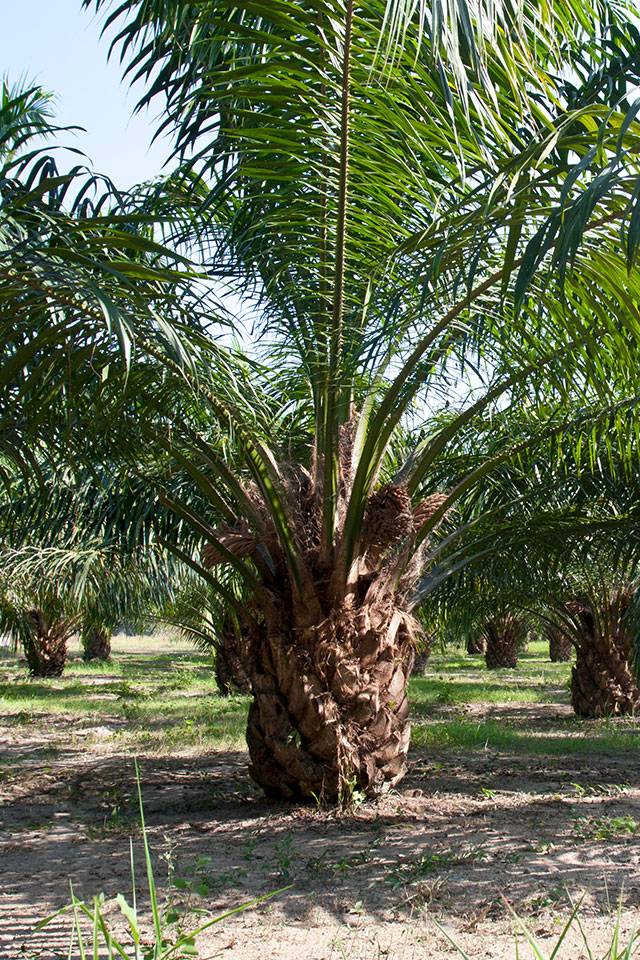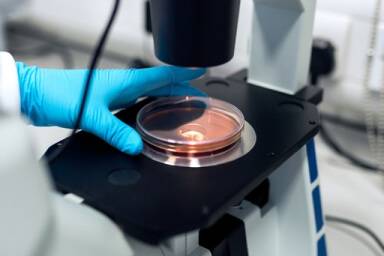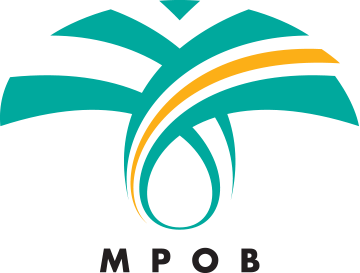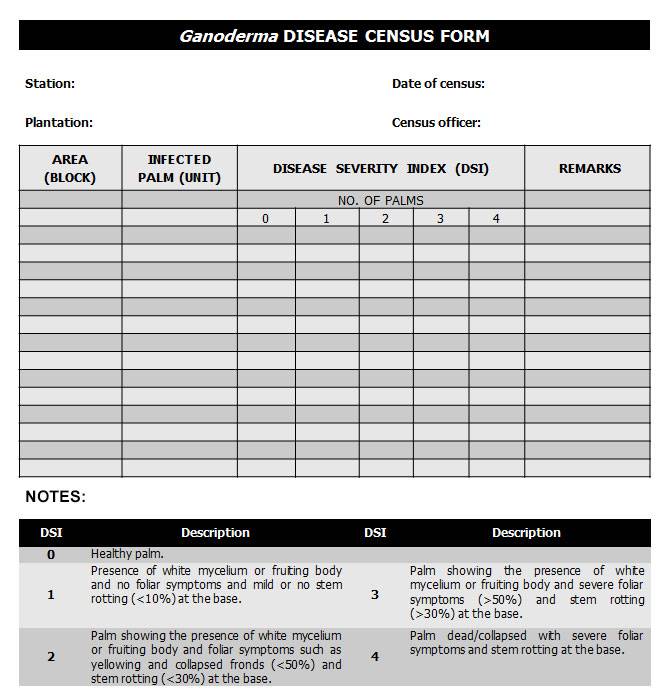Disease control and management
The threat of Ganoderma to the oil palm industry in this country warrants new and more aggressive approaches in finding a solution to the disease. These control measures are aimed at minimizing disease incidence in replanting, prolonging the productive life of the infected palm, and delaying the progress of Ganoderma infection. An integrated management of Ganoderma in field is as follows, which includes sanitation, biological and chemical controls.
BSR Census programme
In a plantation with a known history of Ganoderma / BSR disease, a comprehensive survey of the disease should be carried out by the plantation.
Compulsory census must be carried out within a year before replanting. Infected palms should be marked and tied with a bearing tape. Labelling infected palms on a map or GPS is important for future reference.
The Ganoderma disease control and management actions should be considered based on the DSI status recorded from the census programme. Each DSI status will represent a different mode of controlling and management.
Based on the intergrated Ganoderma management (IGM) programme, the following actions are recommended to be carried out in order to:
the impact of Ganoderma infection
infected palm before it becomes a source of infection to the neighbouring palms.


Once you have identified your palm conditions.
Here are guidelines on how to control and manage the disease.
Existing area
Ideally the infected palms should be removed. However, mature palms with early signs of infection may be subjected to the following control measures in order to prolong the productive life span of the palm.
Young/Immature palms (< 10 years old)
Disease severity index (DSI)
Mode of disease control management
DSI 0
DSI 1
Mature palms (> 10 years old)
Disease severity index (DSI)
Mode of disease control management
DSI 0
DSI 1 & DSI 2
DSI 3 & DSI 4

